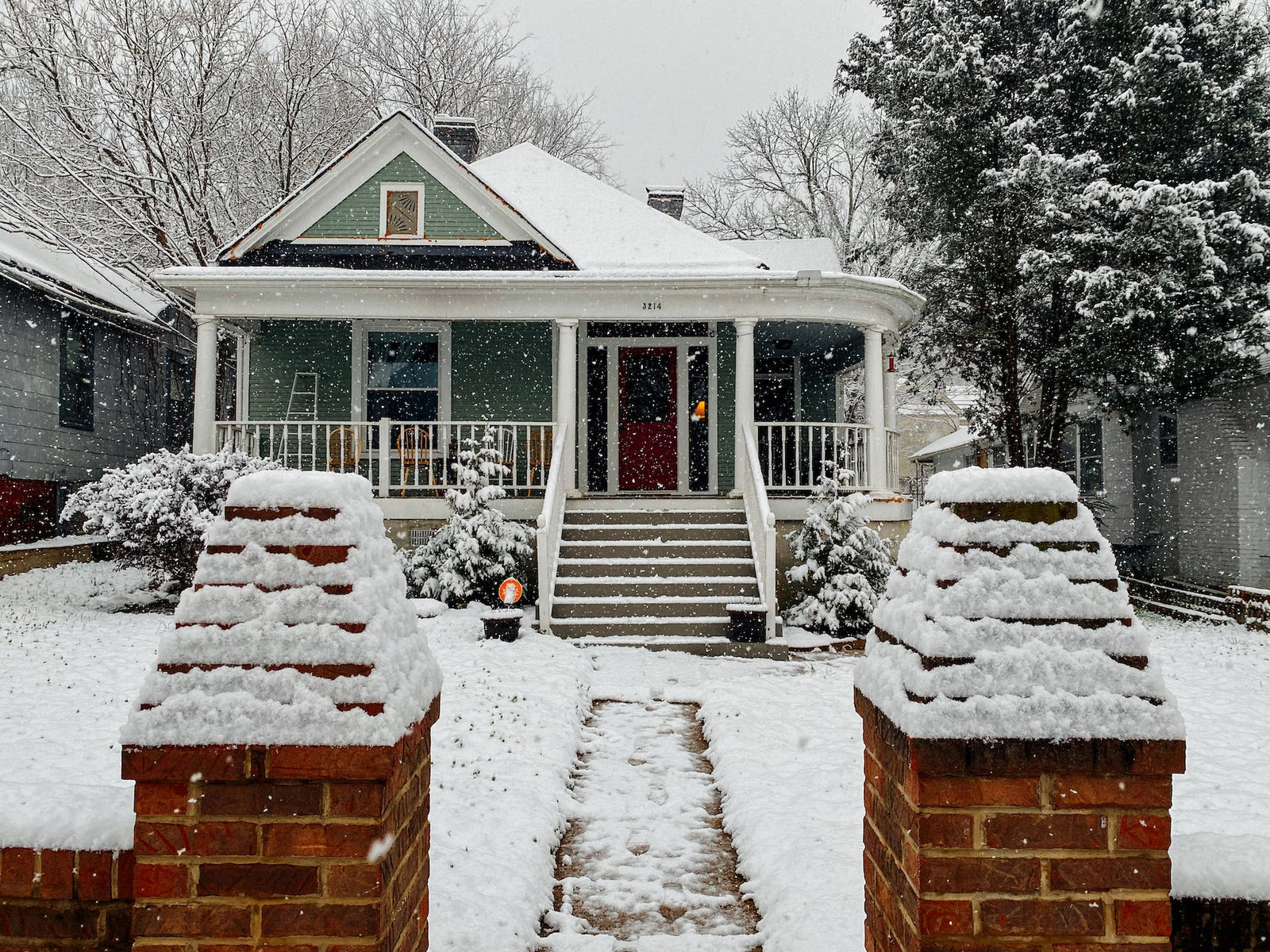Pest Control

Where Do Bugs Go in the Winter? Everything You Should Know
November 03, 2023 4 min read
Winter brings with it a quiet transformation. As frosty mornings and cold breezes become commonplace, the once vibrant environment filled with buzzing insects seems to hush. This dramatic shift often prompts the question among homeowners: "Where do bugs go in the winter?" Do they perish with the cold or simply go into hiding? The reality is far more intricate. Though we may observe fewer insects during these chilly months, they’re very much a part of the winter landscape, albeit in a more discreet manner.
From hibernation-like states to seeking warmer abodes, bugs have developed remarkable strategies to ensure their survival. This article sheds light on this intriguing subject: where do insects go in the winter, unveiling the secrets of how they navigate the challenges of winter.
Winter for Bugs: A Time to Hide or Adjust
For many bugs, winter presents a harsh reality. Dependent on external temperatures, they need to find ways to cope with the dropping temperatures. So, if you’re wondering “where do bugs go in the winter,” you should know that many insects either take refuge in sheltered places, reduce their metabolic rates, or make the bold move of venturing indoors.
Entering Dormancy
Nature has equipped bugs with the incredible ability to essentially 'pause' their lives when conditions become too harsh. This state, known as diapause, is akin to hibernation in mammals. They lie dormant, conserving energy, awaiting the return of favorable conditions. Examples include:
- Ladybugs: Recognized for their bright colors, ladybugs assemble in groups beneath fallen leaves or within tree barks. Here, protected from the worst of the winter chills, they wait patiently for spring.
- Mosquitoes: While these bloodsuckers might seem to vanish, it's mainly the adult mosquitoes that perish with the onset of winter. Their eggs, strategically laid in stagnant water, endure the cold, ready to hatch with the warmth of spring.
- Caterpillars and Moths: Many of these critters spin protective cocoons around themselves. In these cocoons, they metamorphose, emerging as fully formed butterflies or moths when spring's warmth returns.
Seeking Warmer Spots
Migration isn't just for birds. Many insects, sensing the approach of winter, seek out warmer locales or find solace beneath the ground. This quest for warmth ensures their species' survival. The examples below should help answer the question better: “Where do bugs go in the winter?”
- Monarch Butterflies: Among the most famous of migrators, monarch butterflies embark on a lengthy journey southwards. They travel thousands of miles to escape the cold, returning once winter ends.
- Ants: These industrious creatures don't migrate, but they go deep. Ants burrow below the frost line, huddling together in their colonies. Here, they subsist on their stored food reserves, emerging once the earth thaws.
Making a Home Indoors
While many bugs have natural refuges, some prefer the warmth of our homes. When pondering where do insects go in the winter, we often overlook our own living spaces. They adjust their lifestyles, braving the indoors, which can sometimes lead to unwelcome confrontations.
- Spiders: As cold weather approaches, spiders become more visible indoors. They're on the hunt, not just for warmth but also for prey that might have taken refuge inside.
- Boxelder Bugs: These pests can become a real nuisance for homeowners. Drawn to the warmth of houses, they'll often invade in large numbers, seeking cozy crevices to wait out the winter.
Protecting Your Home

The realization of "where do bugs go in the winter" necessitates a proactive approach. By having comprehensive knowledge and taking action, one can keep these insects at bay. Here are some specific measures homeowners can take to prevent pest infestations during winter:
- Inspect and seal cracks or gaps, particularly around windows and doors, using silicone or latex caulk.
- Cover vents, including in attics and basements, with mesh screens.
- Regularly check insulation for degradation, focusing on attics and basements.
- Upgrade to high-quality insulation if the current material is outdated or ineffective.
- Sweep, vacuum, and clean surfaces regularly to avoid attracting pests.
- Store all food in sealed containers, especially grains and sweets.
- Use dehumidifiers in damp areas like basements.
- Address any plumbing leaks or water accumulation areas quickly.
- Trim branches and shrubs to distance them from your home.
- Keep gutters clean to prevent water buildup and debris.
Learn More at DIY Pest Warehouse
So, where do bugs go in the winter? The world of bugs in winter is a testament to nature's resilience and adaptability. From dormancy to migration, insects have evolved myriad ways to face the season's challenges. For homeowners, a keen understanding and a proactive approach can help avoid problems, even during the chilliest times of the year.
If you’re regularly dealing with pest infestations during winter or other seasons like summer, fall, or spring, DIY Pest Warehouse is here to help you. We not only bring you professional-grade DIY pest control products but also share our industry expertise with our pest guides. Learn more on our blog.
